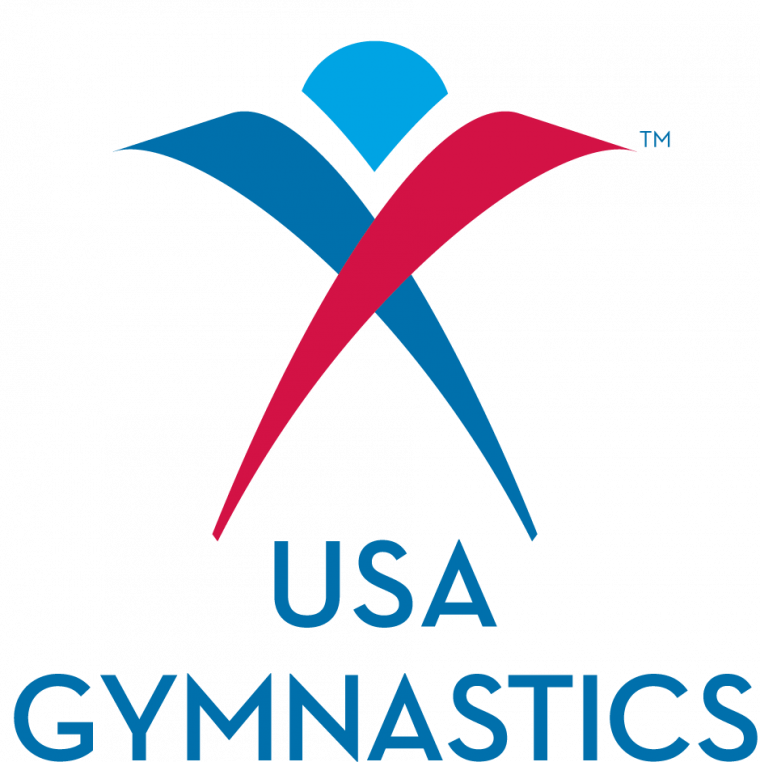
 The Global Ambassador Program, which USA Gymnastics created and designed in 2012 to assist countries with developing gymnasts for the elite level, debuted in 2013 with U.S. clinicians traveling to Bermuda, Denmark, Panama and South Africa to host athlete and coaching clinics. In addition, USA Gymnastics shared its women’s gymnastics Junior Olympic compulsories with four Central and South American countries to assist them with skill progression. Coaching and judging compulsory workshops were conducted in Colombia, Mexico, Peru and Puerto Rico in 2013 and in El Salvador in January 2014.
The Global Ambassador Program, which USA Gymnastics created and designed in 2012 to assist countries with developing gymnasts for the elite level, debuted in 2013 with U.S. clinicians traveling to Bermuda, Denmark, Panama and South Africa to host athlete and coaching clinics. In addition, USA Gymnastics shared its women’s gymnastics Junior Olympic compulsories with four Central and South American countries to assist them with skill progression. Coaching and judging compulsory workshops were conducted in Colombia, Mexico, Peru and Puerto Rico in 2013 and in El Salvador in January 2014.
“USA Gymnastics is committed to helping countries elevate their athlete development programs and increase the level of gymnastics on a global basis,” said Steve Penny, president of USA Gymnastics. “The United States is fortunate to have outstanding coaches who are willing to provide advice on technique, planning and organization. The reaction has been positive, and we are excited about the cooperation that has occurred to this point.”
Peter Vidmar, chairman of the USA Gymnastics Board of Directors and a member of the International Gymnastics Federation Executive Committee, said, “We strongly believe in helping other countries by sharing our expertise. Our goal is to understand what programs they have in place, what their goals and expectations are, and the status of their athletes’ development so we can help them achieve their goals. We believe a very effective way to provide direct assistance to a country is to send our top coaches and officials to work with them in person.”
Global Ambassador Program: To launch the program, USA Gymnastics reviewed the submitted proposals to identify artistic gymnastics programs that had an existing framework and needed assistance to move current athletes forward to the next level. Using that criteria, requests from four countries were chosen for the program’s initial efforts.
Mihai Brestyan of Burlington, Mass., who coached two-time Olympic gold-medalist Alexandra Raisman and 10-time World medalist Alicia Sacramone, conducted clinics and met with athletes, coaches and officials in Johannesburg and Pretoria, South Africa. Marvin Sharp of Indianapolis, Ind., who coached 2009 World all-around champion Bridget Sloan, worked with athletes, coaches and officials in both St. David’s, Bermuda, and Panama City, Panama, on training, conditioning and technique at several different clubs. David Juszczyk of Broomfield, Colo., who has worked with many athletes including two U.S. Olympians, visited Copenhagen, Denmark, and several other Danish cities. Juszczyk not only met with top coaches and officials with the Danish Federation, but he also visited a number of local clubs, conducted clinics and observed training for both men’s and women’s gymnastics on the elite and developmental levels.
“This first year has been about learning how we can help other countries,” said Penny. "Our goal is to have meaningful impact and move their programs forward toward the elite level.”
The Global Ambassador Program is a partnership between the United States Olympic Committee (USOC), AAI, the International Gymnastics Federation (FIG) and USA Gymnastics. The goal is to provide U.S. athletes and coaches as consultants on a request basis to stimulate the growth of the sport and athlete development at many levels. AAI, a long-time partner of USA Gymnastics, is assisting with equipment requests for approved Global Ambassador Program partners.
Women’s compulsories outreach: Skill progression is the process for training athletes and moving them through the various skills to prepare them to the next level of competition, with the possible goal of competing on the elite international level. In the United States, the women’s Junior Olympic compulsory program is the foundation for women’s gymnastics. Featuring Levels 1-5, each compulsory level has its own set of compulsory exercises for each apparatus, including floor exercise music. An athlete progresses to the next level once she has mastered the skills in her current level, and the compulsory program is the precursor for the Junior Olympic optional levels (6-10). Colombia, El Salvador, Mexico, Peru, Puerto Rico and several other countries use the USA Gymnastics Compulsory Program to provide competitive opportunities for their developmental gymnasts.
Translated into Spanish, the 2013-21 women’s Junior Olympic compulsory program materials include the skills, routines and music for each level. Tom Koll, Connie Maloney and Linda Johnson used the translated materials at the workshops for coaches and judges that were held in Bogota, Colombia, Mexico City, Mexico, Lima, Peru, and San Juan, Puerto Rico, in 2013. The workshop in San Salvador, El Salvador, was held in January 2014.
Coaches and judges attended the workshops to learn and to practice judging the routines. The judges also took a certification exam to judge the compulsory levels. By the conclusion of the workshop in San Salvador, approximately 560 coaches and judges will have participated in the workshops, with an estimated 265 judges taking the certification test.
Based in Indianapolis, USA Gymnastics is the national governing body for gymnastics in the United States. Its mission is to encourage participation and the pursuit of excellence in the sport. Its disciplines include men's and women's artistic gymnastics, rhythmic gymnastics, trampoline and tumbling, acrobatic gymnastics, and group gymnastics (known internationally as Gymnastics for All). For more information, log on to www.usagym.org.

There are no comments
Please login to post comments